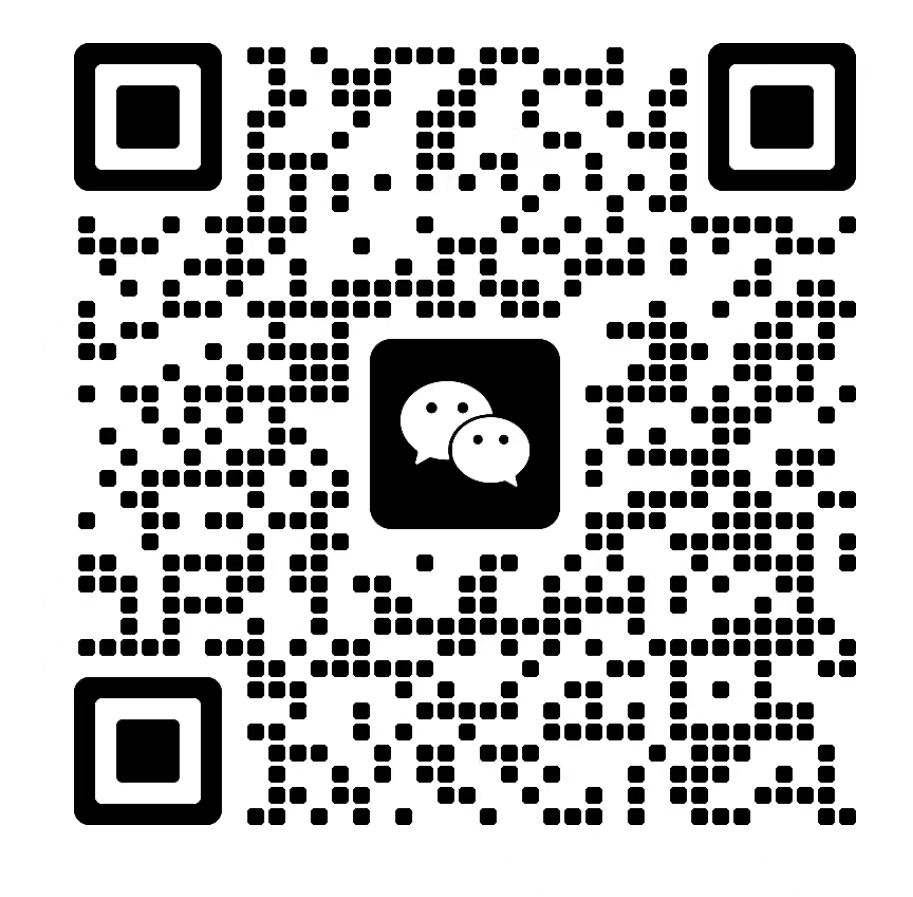Labor laws in China continue to shape the way companies and employees interact.
One of the most significant developments in recent years was the release of the Supreme People’s Court’s Judicial Interpretation II on Labor Disputes, adopted in December 2020 and effective January 1, 2021.
Even in 2025, this interpretation remains highly relevant, as it continues to guide courts, employers, and employees in resolving labor disputes fairly and consistently.
What Is Judicial Interpretation II on Labor Disputes
Judicial Interpretation II is a set of binding guidelines issued by the Supreme People’s Court (SPC). It explains how existing labor laws should be applied in real cases, ensuring courts across China follow the same standards.
Its main goals are to:
- ✅ Provide consistency in labor dispute rulings
- ✅ Reduce confusion for employers and employees
- ✅ Strengthen fairness in the workplace
Why Did China Issue Judicial Interpretation II

China’s labor market has changed rapidly, with more contract workers, flexible jobs, and disputes over wages and termination. Courts needed clearer rules to handle these issues.
The interpretation was designed to:
- ✅ Clarify common problems in labor disputes
- ✅ Standardize the use of evidence and deadlines
- ✅ Reinforce employee protections under the Labor Contract Law
Key Changes in Judicial Interpretation II
The interpretation introduced several important clarifications that continue to affect how disputes are resolved today.
Employment Contracts and Termination Rules
The SPC clarified how employment contracts should be signed, renewed, and ended. Employers who fail to follow proper procedures in termination may face liability.
Key points include:
- ✅ Employers must respect notice periods or provide compensation instead
- ✅ Probation and unsigned contract disputes are more clearly defined
Severance Pay and Compensation Standards
While the formula comes directly from the PRC Labor Contract Law (Article 47), Judicial Interpretation II reinforced how courts should apply these rules in practice, especially in disputes over wrongful termination.
The rules are:
- ✅ One month’s salary for each year of service
- ✅ Capped at 12 years of service
- ✅ Salary used for calculation capped at 3 times the local average monthly wage
This means the interpretation did not create new severance standards but clarified how existing law should be consistently applied in labor disputes.
Statute of Limitations for Labor Disputes
The interpretation clarified how to calculate the one‑year limitation period for filing labor disputes.
This ensures:
- ✅ Employees know their deadlines
- ✅ Employers gain predictability in resolving disputes
Protections for New Work Models
Judicial Interpretation II itself did not directly address gig economy workers. However, in 2021, the Ministry of Human Resources and Social Security (MOHRSS) issued separate guidelines to protect platform workers in delivery, ride‑hailing, and other industries.
These guidelines require:
- ✅ Platform companies to provide reasonable working conditions
- ✅ Stronger protections for worker pay and safety
How the Interpretation Affects Employers and Employees

Both employers and employees continue to feel the impact of Judicial Interpretation II. For companies, compliance with contract and termination procedures is essential to avoid costly disputes.
For employees, the interpretation provides clearer rights and protections, making it easier to pursue claims in court or arbitration. Choi & Partners of China Legal can help both sides navigate these rules effectively.
Comparing China’s Labor Laws With Other Countries
China’s system places strong emphasis on written contracts and procedural fairness. This contrasts with the United States, where most employment is “at‑will.”
In Europe, protections are often even stricter, with higher severance and stronger union rights.
📚 Also read: China Labor Laws: What You Should Know.
Broader Context of Judicial Interpretation in China
Judicial interpretations are a unique feature of China’s legal system. Issued by the SPC, they are legally binding and carry the same weight as law in guiding court decisions.
Past interpretations have clarified:
- ✅ Labor contract enforcement
- ✅ Severance pay calculations
- ✅ Arbitration and litigation deadlines
📚 Also read: China Arbitration Law: Procedures & Best Practices
What This Means for the Future of Work in China
Judicial Interpretation II remains a cornerstone of labor dispute resolution in 2025. By clarifying rules and strengthening protections, it has helped stabilize employer‑employee relations.
The standard work week in China is 40 hours over 5 days, though some industries operate under approved flexible schedules.
For foreign companies, this creates a more predictable business environment. For workers, it means stronger protections and more confidence in pursuing their rights.
Conclusion
China’s Judicial Interpretation II on Labor Disputes has been in force since 2021, but its influence remains strong in 2025. It continues to clarify the rights and responsibilities of both employers and employees, ensuring more predictable and fair outcomes in disputes.
If you are an employer, now is the time to make sure your contracts, HR policies, and compliance practices align with the interpretation. If you are an employee, understanding your rights can protect you from unfair treatment.
For more knowledgeable and helpful articles, visit China Legal. And if you are facing labor or employment issues in China, reach out to Choi & Partners today for tailored advice, hands‑on support, and strong legal representation.
Taking action early can save you time, money, and stress.
Frequently Asked Questions
Who has absolute power in China?
The Communist Party holds ultimate authority in China. It guides the government, courts, and policies. This structure ensures consistency but also centralizes decision‑making.
Who is really in control of the judicial branch in China?
The Supreme People’s Court oversees the judiciary, but it operates within the framework set by the Party. This ensures uniform application of the law across the country. The Court’s interpretations carry binding authority.
Which of the following best describes China’s judicial system?
China’s judicial system is centralized and emphasizes consistency. The Supreme People’s Court issues interpretations that guide all lower courts. This structure helps ensure uniformity.
Can a president overrule the Supreme Court?
China’s political system does not follow the same structure as countries like the US. The Supreme People’s Court aligns with Party policies rather than being overruled by a single leader. This ensures consistency across the judiciary.
What are three examples of judicial error?
Errors can include misinterpreting the law, ignoring important evidence, or failing to follow proper procedures. These mistakes can lead to unfair outcomes. Appeals and reviews exist to correct them.
Who has the highest minimum wage in the world?
Countries such as Australia and Luxembourg are often cited as having the highest minimum wages. Rankings can change depending on exchange rates. These nations are known for their strong worker protections.
How much does a house cost in China?
Housing prices vary greatly across the country. Major cities like Beijing and Shanghai are very expensive, while smaller cities are more affordable. Local income levels also affect affordability.
Subscribe to receive updates
Subscribe to receive the latest blog posts to your inbox every week.


.png)
